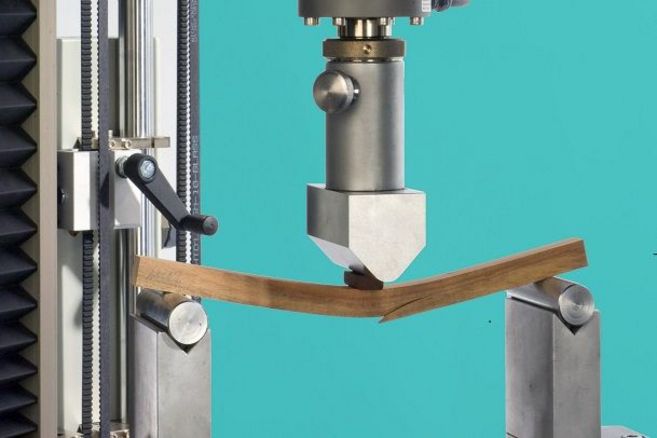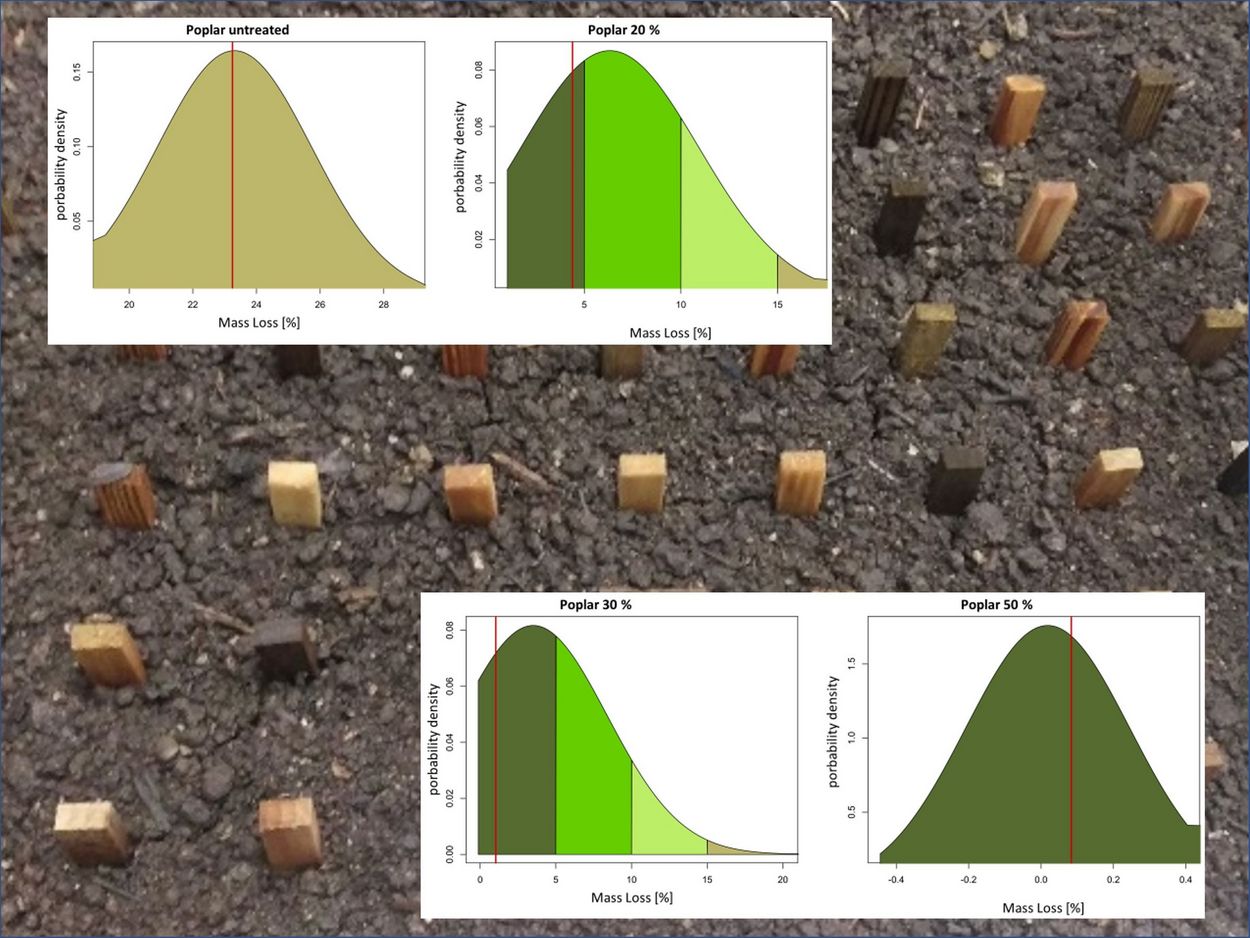Not before the year 2016, the European standard system did allow for classifying the durability of treated wood in addition to natural durability of untreated wood species. After its latest revision, EN 350 (2016) allows a durability classification of solid wood and wood-based materials with the help of five durability classes (DC) between ‘very durable’ (DC 1) and ‘non-durable’ (DC 5). However, different test methods, assessment measures, and calculation methods can be used for durability classification. This inevitably leads to different assessments of the biological durability of wood. This study aimed therefore on a comparative durability classification of preservative-treated and chemically modified wood using different laboratory and field test methods.
Durability classes of the tested timbers differed not only between tested materials, but depended also on the applied test, assessment, and calculation method. In this respect, the use of relative values (x-values), i.e., mass loss (ML) or MOE loss data compared with a non-durable reference material can help to harmonize the classification and make DCs more comparable.
Contact:




![[Translate to English:] Logo des Bundesministerium für Ernährung und Landwirtschaft](/media/allgemein/logos/BMEL_Logo.svg)